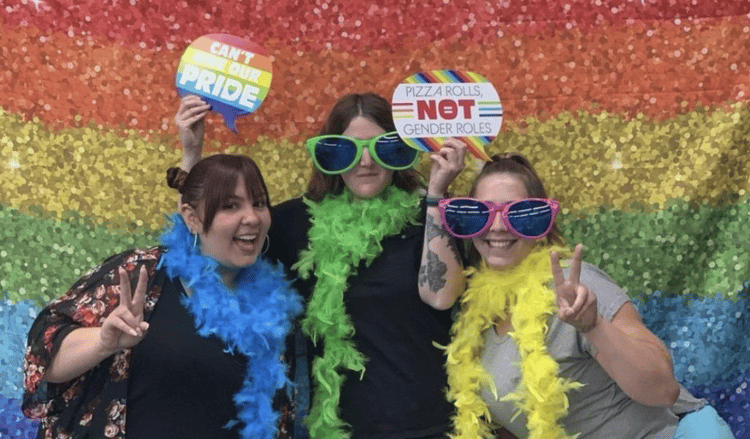Employee Resource Groups (ERGs) can be a fantastic way to build community and create a sense of belonging for employees at your organization. While the names and purposes of ERGs vary, these voluntary, employee-led groups exist to serve traditionally marginalized or underrepresented individuals within your company by giving them a platform to have a voice in company decisions and directions. ERGs elevate the perspectives and voices of these communities into the decision-making space. At SSA, we’re proud to offer four different ERGs to our diverse employee base.
The startup of these groups can be time-consuming, but the payoff can serve the individual employee and the greater company culture tenfold. Here are our top five tips for finding success in creating your own.
1. Start with intention
It can be exciting to dive into building your company’s ERGs but starting small will ensure intentional long-term growth and reduce burnout on the individuals leading them.
If your organization is smaller, it might also make sense to begin with one group of diverse voices to start having conversations and outlining what a more formal program could eventually look like. As your organization grows, you can make the choice to build out to multiple groups.
The most important thing is that each ERG should have a clear, concise purpose that feeds into your greater DEAI purpose.
2. Leadership Matters
While you should definitely reach out across the organization to garner interest, finding a small but intentional group of individuals who can maintain focus and push the greater purpose along is crucial to success.
Any employee can be a member of these groups, but leaders will need to feel comfortable with setting attainable goals and being a resource to new members. This isn’t a responsibility to be held lightly and over time as your ERGs grow, you may want to consider an application and vetting process for holding leadership positions.


3. Collaborate to build community
No ERG should work in a silo, and building opportunities to create a cross-ERG community is encouraged. This can be anything from co-lead events (in-person or virtual), to one group celebrating another’s heritage (as an example: Hispanic ERG hosting a speaking event to honor Black History Month), to interviewing leaders in the org that identify as that demographic. One goal of ERGs should be a celebration of what makes your employees unique and all ERGs can work to better support each other in that goal.


4. Consistent communication


5. Measure and redefine
Like any company initiative, putting metrics in place will help guide the overall success. Track engagement metrics by looking at membership retention and growth, event participation, and survey results to assess overall effectiveness.
Finally, a consistent review of your mission statement, goals, and success metrics will make sure each ERG is working to serve your organization as the company’s demographics (and employee needs) grow and change. Doing the same thing over and over is the breeding ground for burnout so regularly redefining your purpose as necessary will ensure each group’s success.
Create a culture of diversity and inclusion
ERGs can serve as excellent culture-builders and can be platforms for voices to be heard if built with intention and both employee and leadership support.
Curious about other avenues to build out your DEI program further? Read more on our blog.



